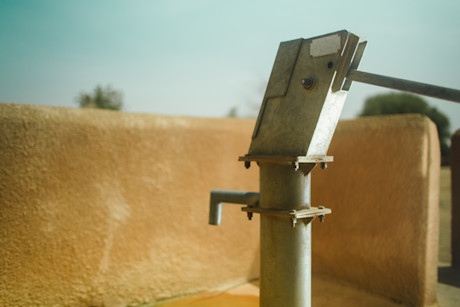Published August 2013
We publish a project when we've approved a final report from our partners and made sure your project is working for the best of the community.
13.91795, 38.67107
These are the GPS coordinates of your project, plotted in Google Maps. A GPS (Global Positioning System) coordinate is the exact latitude and longitude of any given point on the Earth’s surface. charity: water uses GPS coordinates to record the location of each water project we fund. Please note: there are many of different formats for GPS. We use degree decimal format.
309 People Served
This is the population of the community that has access to your water project.
Project Cost
This is the cost of the water project you funded. Costs vary by country and by project type, and depend on a wide range of variables such as the local cost of fuel and cement at the time your project was built. This project’s cost includes any hygiene training or community maintenance models for the project’s sustainability.
Local Partner
charity: water works with partners in the field to build and implement water projects. Our partners have years of experience. They know the land, the people, the culture and the most appropriate water technology for each area of work. They report this data from the field to help us provide proof of your completed project(s).
Project ID
This ID is how we track your project in our system.
Donation Matched
A generous donor matched this donation.

 share
share